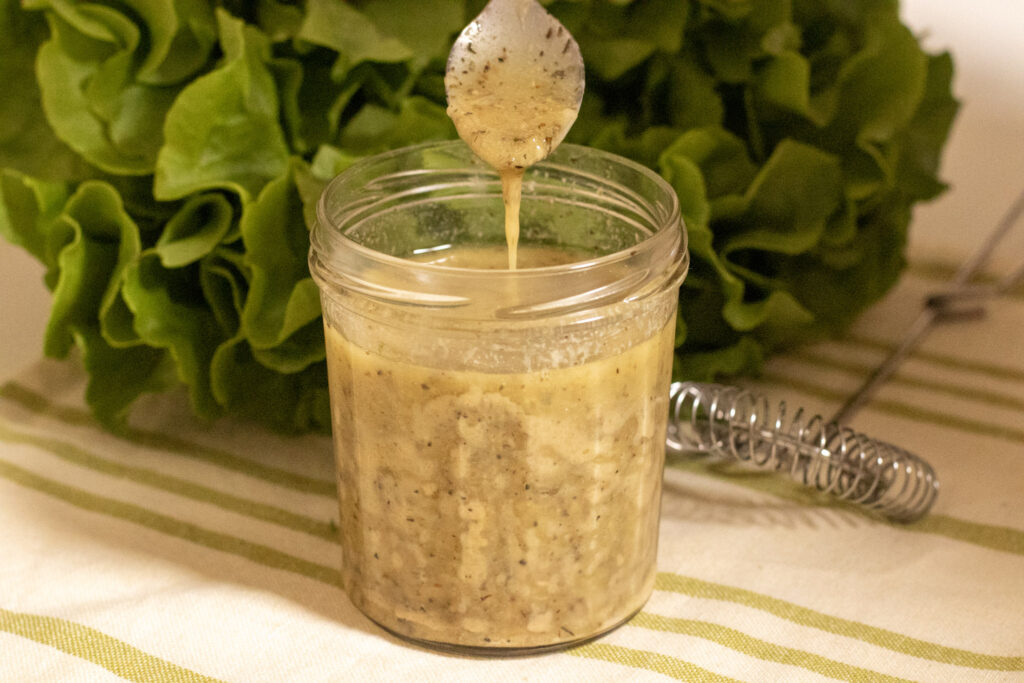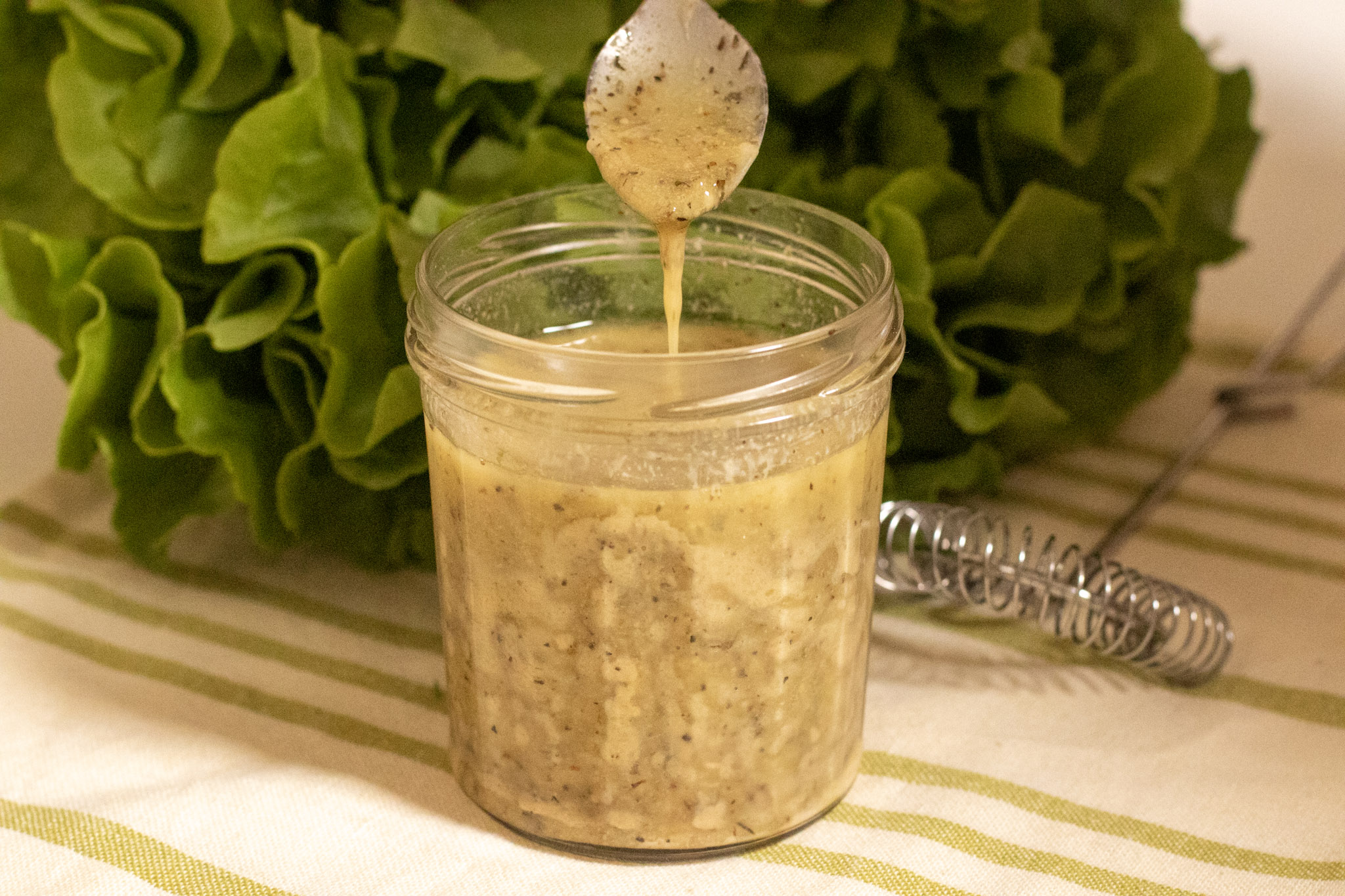
Elevate Your Salad Game: Mastering Vinaigrette with Maille, Apple Cider Vinegar, and Apple Juice
In the world of culinary arts, the simplest creations often hold the most profound impact. A well-crafted vinaigrette is a testament to this principle, capable of transforming ordinary greens into a vibrant and flavorful salad. This article delves into the art of making an exceptional vinaigrette, focusing on the harmonious blend of Maille mustard, apple cider vinegar, and apple juice. We’ll explore the nuances of each ingredient, the techniques for achieving perfect emulsification, and the versatility of this dressing in complementing a variety of dishes. The goal is to provide you with the knowledge and inspiration to create a vinaigrette that tantalizes the taste buds and elevates your culinary creations.
The Power of a Perfect Vinaigrette
A vinaigrette is more than just a salad dressing; it’s a versatile sauce that can enhance the flavors of vegetables, meats, and even grains. Its simplicity lies in its core ingredients: an acid (usually vinegar or citrus juice), oil, and an emulsifier to bind them together. The balance of these components is crucial, and when achieved, the result is a symphony of flavors that dances on the palate.
The Key Ingredients: A Closer Look
Maille Mustard: The Emulsifying Powerhouse
Maille mustard, with its rich history and diverse range of flavors, plays a pivotal role in our vinaigrette. Its creamy texture and sharp, tangy taste not only contribute to the overall flavor profile but also act as an excellent emulsifier. The mustard helps to bind the oil and vinegar together, creating a stable and homogenous dressing that won’t separate easily. Dijon mustard is a classic choice, offering a robust and slightly spicy kick, but you can experiment with other varieties like Maille’s Honey Dijon or Whole Grain mustard to add unique dimensions to your vinaigrette.
Apple Cider Vinegar: A Tangy Foundation
Apple cider vinegar (ACV) brings a bright and fruity acidity to the vinaigrette. Unlike harsher vinegars, ACV offers a gentler tang with subtle apple notes that complement the other ingredients. Choose a high-quality ACV, preferably unfiltered and with the ‘mother,’ as it contains beneficial enzymes and probiotics. The acidity of the vinegar balances the richness of the oil and enhances the flavors of the other components. Its slightly sweet and tangy profile makes it an ideal base for a vinaigrette designed to be both flavorful and versatile. Remember to adjust the quantity of apple cider vinegar according to your taste preference, as some people prefer a more acidic dressing, while others prefer a milder one.
Apple Juice: A Touch of Sweetness and Complexity
The addition of apple juice introduces a subtle sweetness and enhances the apple notes already present from the apple cider vinegar. It rounds out the flavor profile and adds a layer of complexity that elevates the vinaigrette beyond a simple combination of acid and oil. Use a good-quality, unsweetened apple juice for the best results. The natural sugars in the juice help to balance the acidity of the vinegar and create a more harmonious flavor profile. It also contributes to the overall texture, making the vinaigrette slightly thicker and more luxurious.
Oil: The Silky Smooth Carrier
A good quality oil is essential for a delicious vinaigrette. Extra virgin olive oil is a classic choice, offering a rich, fruity flavor that complements the other ingredients. However, you can also experiment with other oils like avocado oil, walnut oil, or grapeseed oil, each offering its unique flavor profile. Choose an oil that is fresh and has a good flavor. The oil not only provides richness and body to the vinaigrette but also acts as a carrier for the other flavors, ensuring they are evenly distributed throughout the salad.
Optional Additions: Enhancing the Flavor Profile
While the core ingredients form the foundation of the vinaigrette, you can customize it further with various additions to suit your taste preferences. Consider adding:
- Fresh Herbs: Chopped fresh herbs like parsley, chives, thyme, or dill can add a burst of freshness and aroma.
- Garlic: A minced clove of garlic can provide a pungent and savory note.
- Shallots: Finely diced shallots offer a milder, sweeter alternative to garlic.
- Honey or Maple Syrup: A touch of sweetness can further balance the acidity and enhance the overall flavor.
- Spices: A pinch of red pepper flakes or a dash of smoked paprika can add a subtle kick.
The Art of Emulsification: Achieving Perfect Harmony
The key to a successful vinaigrette lies in achieving a stable emulsion, where the oil and vinegar are thoroughly combined and remain suspended together. This prevents the dressing from separating and ensures that each bite is perfectly coated with flavor.
Techniques for Emulsification
- Whisking: The most common method involves vigorously whisking the ingredients together in a bowl until they emulsify. Start by combining the mustard, vinegar, and apple juice, then slowly drizzle in the oil while continuously whisking.
- Shaking: Alternatively, you can combine all the ingredients in a jar with a tight-fitting lid and shake vigorously until emulsified.
- Using a Blender or Food Processor: For a super-smooth and stable emulsion, use a blender or food processor. Combine all the ingredients and blend until smooth and creamy.
The Perfect Recipe: A Step-by-Step Guide
Here’s a basic recipe for a delicious vinaigrette using Maille mustard, apple cider vinegar, and apple juice:
Ingredients:
- 2 tablespoons Maille Dijon mustard
- 3 tablespoons apple cider vinegar
- 2 tablespoons apple juice
- 6 tablespoons extra virgin olive oil
- Salt and pepper to taste
Instructions:
- In a bowl, whisk together the Maille Dijon mustard, apple cider vinegar, and apple juice.
- Slowly drizzle in the extra virgin olive oil while continuously whisking until the mixture is emulsified.
- Season with salt and pepper to taste.
- Adjust the ratio of vinegar to oil to your liking.
Serving Suggestions: Beyond the Salad Bowl
While vinaigrette is traditionally used as a salad dressing, its versatility extends far beyond the salad bowl. Consider using it as:
- A marinade for chicken, fish, or vegetables: The acidity of the vinegar helps to tenderize the protein and infuse it with flavor.
- A sauce for grilled or roasted vegetables: Drizzle the vinaigrette over cooked vegetables to add brightness and flavor.
- A dip for crusty bread: Serve the vinaigrette alongside a loaf of crusty bread for a simple and satisfying appetizer.
- A dressing for grain bowls: Toss cooked grains like quinoa or farro with the vinaigrette for a flavorful and healthy meal.
Troubleshooting Your Vinaigrette
Even with the best ingredients and techniques, you may encounter some common issues when making vinaigrette. Here are some tips for troubleshooting:
- Separation: If your vinaigrette separates quickly, it may not be properly emulsified. Try whisking it more vigorously or using a blender. Adding a small amount of mustard or honey can also help to stabilize the emulsion.
- Too Acidic: If the vinaigrette is too acidic, add a touch of honey or maple syrup to balance the flavors. You can also add a bit more oil.
- Too Bland: If the vinaigrette lacks flavor, add more herbs, garlic, or spices. A pinch of salt and pepper can also enhance the flavors.
Conclusion: Embrace the Art of the Vinaigrette
Creating a delicious vinaigrette is an art form that rewards experimentation and attention to detail. By understanding the nuances of each ingredient and mastering the techniques for emulsification, you can create a dressing that elevates your culinary creations and delights your taste buds. So, embrace the art of the vinaigrette, experiment with different flavors, and discover the endless possibilities that this simple yet versatile sauce has to offer. Whether you’re using it as a salad dressing, a marinade, or a sauce, a well-crafted vinaigrette is sure to impress. Start with Maille mustard, apple cider vinegar, and apple juice, and let your creativity guide you to a world of flavor.
[See also: Homemade Salad Dressing Recipes]
[See also: The Best Olive Oils for Vinaigrettes]
[See also: Pairing Vinaigrettes with Different Salads]

